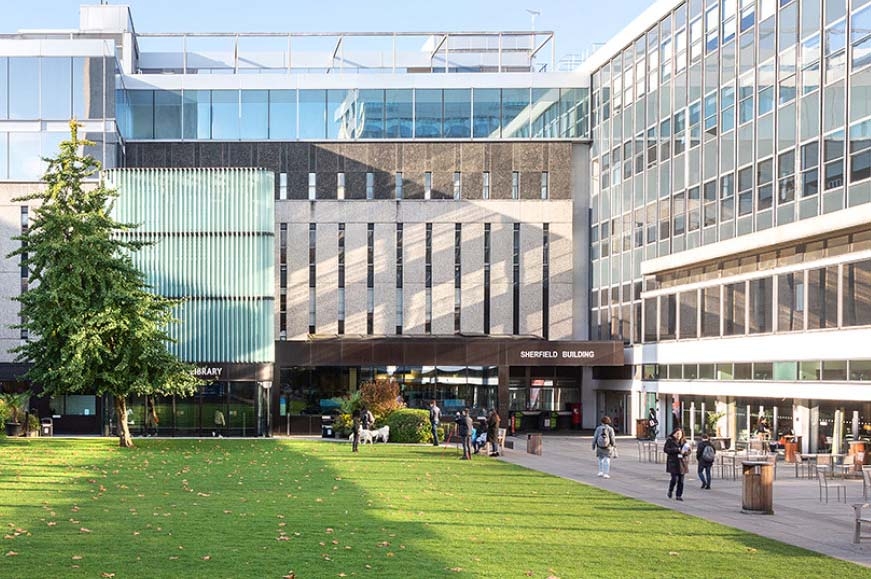Imperial College London

Imperial College London is Britain’s leading institution for STEM subjects (science, technology, engineering and medicine) and is one of the most prestigious universities in the UK. In 2018-19 it is ranked one of the top 10 institutions globally in the QS world university rankings. The university has more than 17000 students from more than 135 countries, split across faculties in engineering, natural sciences and medicine. The Department of Earth Science and Engineering (ESE), the lead department for this ETN proposal, has 50 academic staff, 80 post-doctoral researchers, 135 PhD students and ca. 400 undergraduate and master’s students. ESE is routinely rated as the top geology department in the UK with an annual research grant income of ca. €14 million.
Research at ESE is divided into three main sections (i) Earth and planets; (ii) computational geoscience and engineering (iii) petroleum geoscience and engineering. The research particularly focuses on how Earth systems work and how natural resources and energy can be sustainably extracted and provided, using a combination of pure and applied research. The Department is aided by strong collaborative ties at Imperial College with the Energy Futures Lab, the Sustainable Gas Institute and the Grantham Institute for Climate Change and the Environment. A key strength of the department’s research is its inter-disciplinary nature; it is one of the only departments in the world that combines Earth science and engineering. The Department of Earth Science and Engineering has a world-leading reputation in the field of earth and planetary surface processes and source to sink sediment dynamics.



